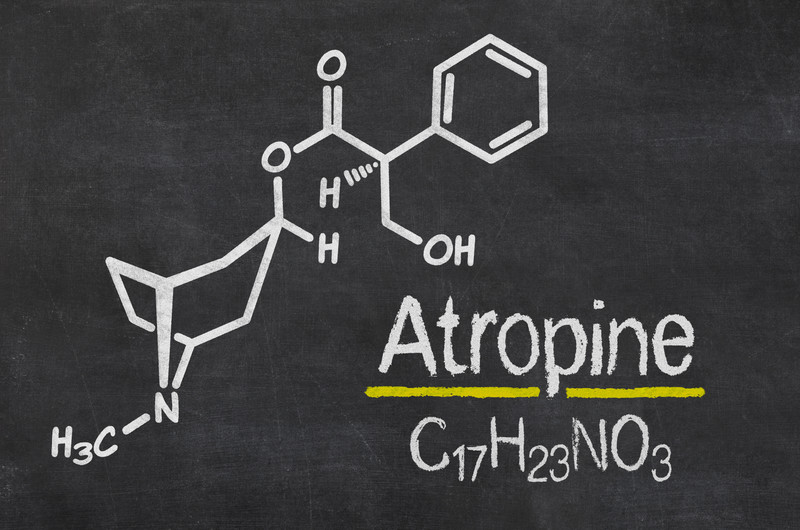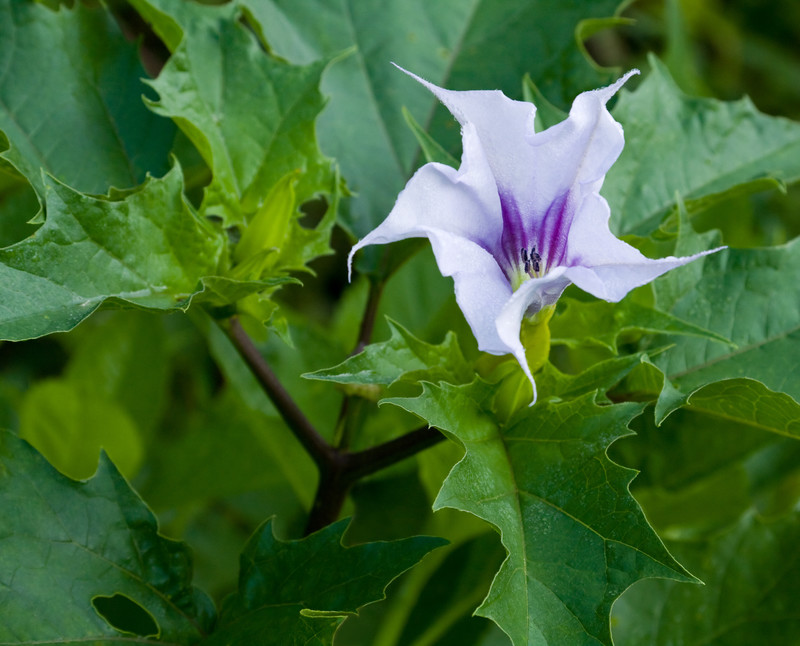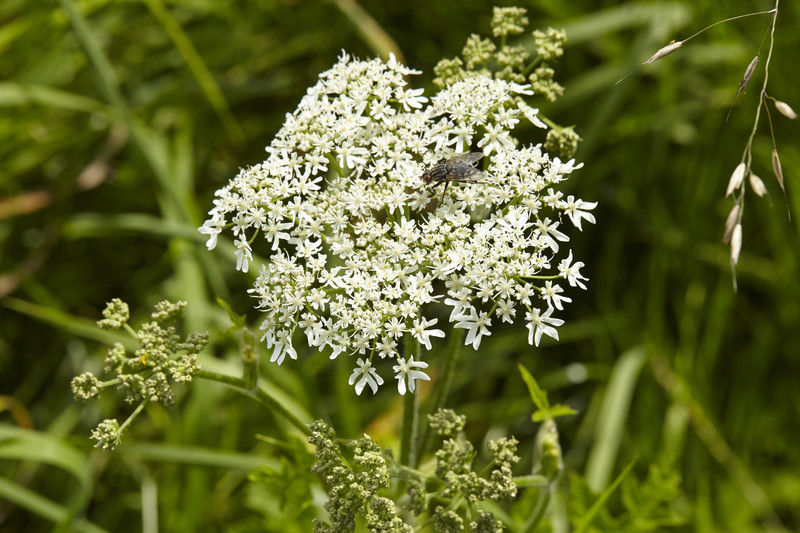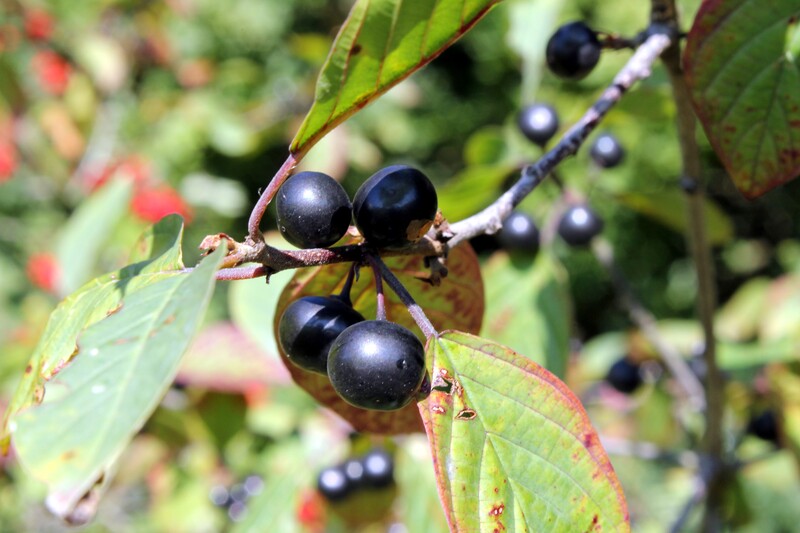They may look harmless enough, but plants can harbor some of the most deadly poisons known. From the death of Socrates by poison hemlock (cicuta) to the accidental ingestion of deadly nightshade (belladonna) by children because of their berries’ sweetness (3 berries can kill a child!), poisonous plants have been responsible for human deaths throughout history.
The popular theory is that toxins have evolved in plants as a defense mechanism. In certain species, chemical compounds that are produced to fight off insect pests and other micro-organisms can do damage to big animals too (humans). Many plants have adopted this mechanism of action – the ultimate deterrent – being so poisonous that anything eating them was unlikely to ever do so again.
I watched a movie recently and there was a scene when someone ingested a cup of tea unknowingly that the herb from which the tea was made was actual poisonous…and the person(s) died within seconds/2-3 minutes in spasms, on the floor, in convulsions, with a frothy mouth…that scene triggered me to write a bit about these poisonous herbs. Because I knew before that movies that there is NOT such a herb in this world that could cause you to die in seconds…or is there?…..bear with me for a minute here and you will find out.

The herb in that movie (The Sinner – part II – Netflix) was Jimson weed (Datura stramonium). It is found in southern Canada as well. All parts of the plants are toxic. It induces hallucinations and delirium. The key constituents are tropane alkaloids. It is considered a sedative and it is usually classified as a Central Nervous plant. And yes, it is toxic as hell. Deadly actually….above 4-5 grams of leafs in children, or 50-100 grams leaf in adults, or 15-25 grams seeds (around 100 mg atropine). But can a small cup of tea cause all this? And that fast? The answer is No, the tea can be deadly (if you can pack 50 leafs in a cup!), but the time needed for that is at least 20-30 minutes. Not seconds. Symptoms at first: nausea, thirst, dilated pupils, vertigo, rapid weak pulse, hallucinations, delirium (with laughter) leading to circulatory collapse and coma. But this takes time….it’s the human body…..in most cases enough time to make it the closest emergency room.

Our excellent vomiting mechanism which is a survival instinct designed and evolved exactly for cases like this also means people can have an extra advantage and can live to tell their tales.

So, the movies was factually wrong. It is a movie after all and it needs dramatization to better sell the story. And I was right.
There is a lot of poisonous herbs out there. Just to name a few: Monk’s hood (Aconitum napellus), Belladonna (Atropa belladonna), Hemlock (Cicuta maculata), Snakeroot (Ageratima altissima), Castor beans (Ricinus communis), Yellow jasmine (Gelsenium semipervirens), Henbene (Hyoscyamus niger), Rosary pea (Abrus precatorius), Opium poppy (Papaver somniferum), Nux-vomica (Strychnos nux-vomica)….I just noticed now that a big chunk of them start with the letter A (the latin name)…strange…

Most of them act on the central nervous system, are NEUROTOXICS (they have their main constituent alkaloids) in large doses inducing paralyses, reducing the heart contraction, causing arrhythmia, ventricular fibrillations in 1-6 h, cardiac arrest and death from respiratory/cardiac paralysis within 4-5 hours of overdose. Not minutes! Or seconds!
Other plants from that list act on the GI system leading to severe gastroenteritis with diarrhea, liver and kidney damage, weakness, slows the heart rate, circulatory collapse, convulsions and death up to 12 days (!) after ingestion, usually due to hypovolemic shock (severe fluid loss – blood or water) or organ failure.

Fortunately, death by plant poison is pretty rare in the age of modern medicine thanks to quick diagnosis, body’s natural purgative action and good supportive care. And many plant-derived toxins have to be purified to be actual lethal.
